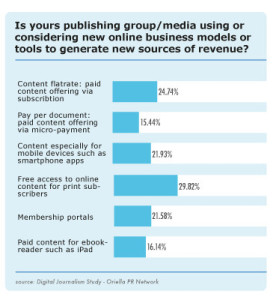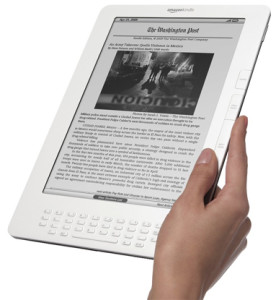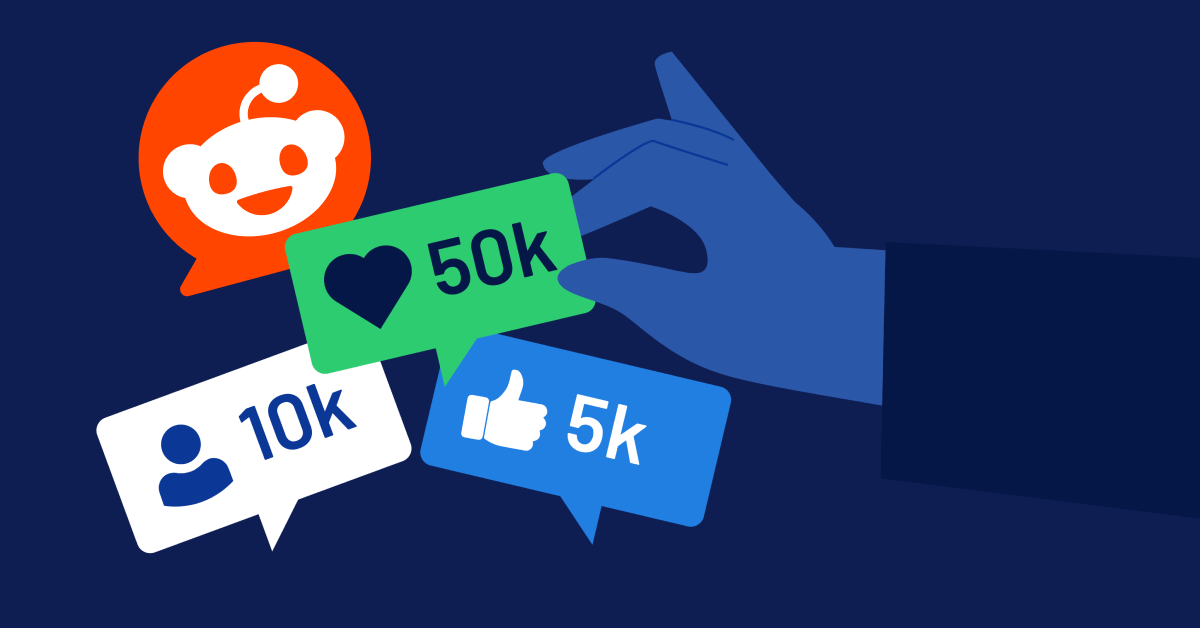By the end of 2010, online news content beat out newspapers, in both traffic and ad revenue. Not surprisingly, online news saw a growth in popularity as well in 2010, while other media declined in usage. With the rise of new technology that places the internet at our fingertips no matter where we go, it’s easy to see why people are turning away from traditional news sources and opting for digital.
The subtle tranquility of sitting down at the breakfast table each morning with a newspaper in hand may be one of those tangible, traditional experiences that some people are not yet ready to retire. However, 41% of participants in Pew Project for Excellence in Journalism’s survey are opting for the Internet. A quick ten minutes spent on the household computer each morning, or reading news through mobile apps while commuting seems to be the more convenient option. People no longer have to head outdoors to pick up the paper on the lawn, or at the corner store, they can find the same content (mostly free) right within their digital devices.
This has some traditional publications worried for the future. A survey conducted by PR network, Oriella, revealed some of the qualms traditional publications are facing with the rise of technology and online news content.
Social media channels have become a fast-growing influence on where people seek news. With sites like Facebook and Twitter, a consistent stream of news is constantly flowing into users’ home pages. The consumption is fast-paced and accessible anywhere with a mobile device or laptop. A most recent example of social media’s impact on news content can be seen through the use of Twitter during the Japan Tsunami. There were over 177 million tweets on March 11th, exceeding the normal amount of daily tweets by 37 million due to the Japan disaster. Newspapers could never produce this amount of content so quickly on such a fast-acting event, nor allow users to engage in the conversation, leaving social media to become a front runner in news sources.
This leaves advertisers facing new strategies on how to engage consumers that are past the leisurely browsing of newspapers. With news consumers moving at the same fast pace of technology and digital lifestyles, advertisers have to come up with new approaches to hit the quick attention span of internet news readers. People are conjoining news with other parts of their lives, so advertisers can no longer rely on consumers to sit down and look closely at the ads surrounding them. Fast-paced messages and social media integration are going to be the new wave of advertising in order to keep up with the news evolution.
Just this past Friday th
There really isn’t a question of whether or not the traditional newspaper is falling into the shadows of digital news. The obvious evolution of technology only gives way to a necessary evolution of media. If consumers are grabbing for the must-have tech device, they are going to expect media to evolve with them to keep them engaged and informed. Consolidation is key among consumers, so with the rise in technology, consumers expect and favor access to their favorite news sources collectively from one device. While the newspaper begins to phase out and the abundance of digital options flood in, the questions that rise pertain to what options are going to excel versus others that may flop. Are mobile apps going to prevail, or are e-readers going to triumph? Regardless of what future digital news trends are to come, your recycling bin is inevitably going to get a little lighter.




